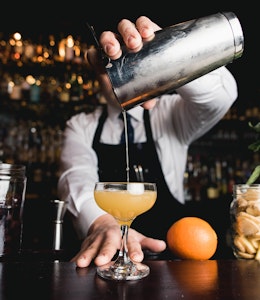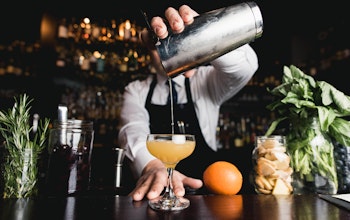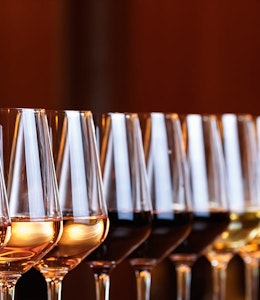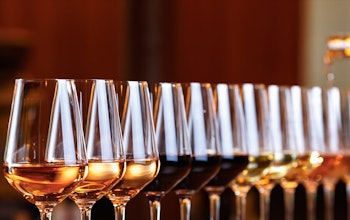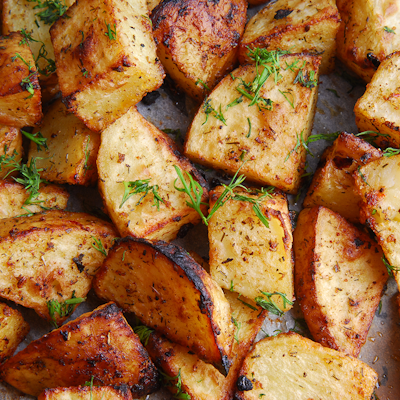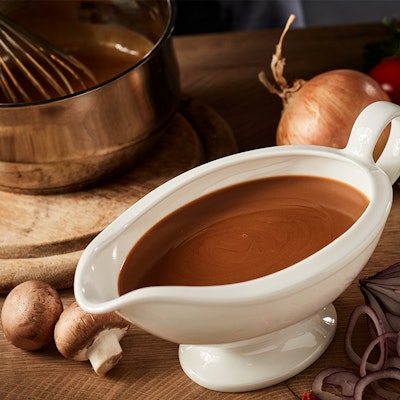Everything you need to know about Champagne
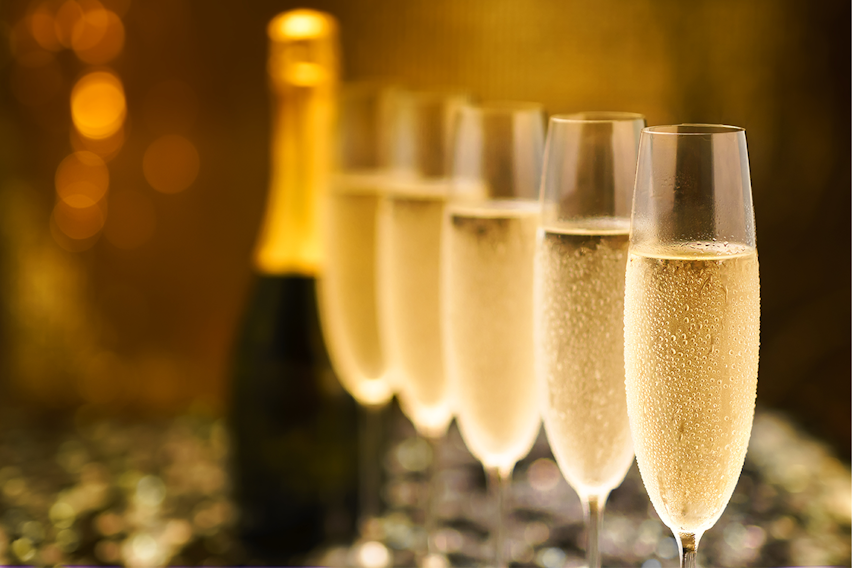
Champagne is not just a sparkling wine - it’s a status symbol, a statement of celebration and one of the world’s most famous drinks. But is Champagne sweet or dry? Is Champagne the same as prosecco? What is the best glass to drink it out of? Well, here at Erudus we just love our fizz and with Global Champagne Day coming up we decided to celebrate by answering all the important questions...
What is Champagne?
Champagne is a sparkling wine named after the region of France in which it originated, and still must be produced in.
The name Champagne is an “appellation d'origine contrôlée” (defined by Wikipedia as a “label that identifies an agricultural product whose stages of production and processing are carried out in a defined geographical area — the terroir — and using recognized and traditional know-how”) and the organisation Comité Interprofessionnel du vin de Champagne set the regulations for its use. Consequently, any sparkling wine carrying the name Champagne is subject to strict rules, and in addition to being required to have been produced in the Champagne wine region, the drink also must:
- Meet specific vineyard practices
- Sourcing of grapes exclusively from designated places within Champagne
- Adhere to particular grape-pressing methods
- Employ secondary fermentation of the wine in the bottle to cause carbonation
Many people wrongly believe that the 17th century monk Dom Pérignon (and namesake of the famous champagne brand Dom Pérignon) invented sparkling Champagne (or wine), and though he did not he did come up with several ways of improving it - some of which are still used today.
The first known sparkling wine was however, thought to have been invented by Benedictine monks in the South of France in the mid-1500s and is called Blanquette de Limoux.
In the Champagne region itself, still wine was produced even before mediaeval times and probably even as far back as the Roman invasion. Champagne as we would recognise it today really came into effect around the mid-late nineteenth century, when the producer Perrier-Jouët opted not to sweeten his 1846 vintage batch with sugar as was usually done, creating that drier taste associated with the beverage. The term “Brut champagne” was recorded in 1876.
Where does Champagne come from?
All Champagne comes from Champagne, a wine region in Northeastern France. The name is a single appellation d'origine contrôlée (see above) but Champagne as a region is then divided up into several sub-regions or districts where the wine is produced.
These districts - Reims, Marne Valley, Côte des Blancs, Côtes des Bar, Côtes de Sezzane - each have their own characteristics, although Champagne as a whole is known for its chalky soil, cool temperate climate and moderate amount of sunshine.
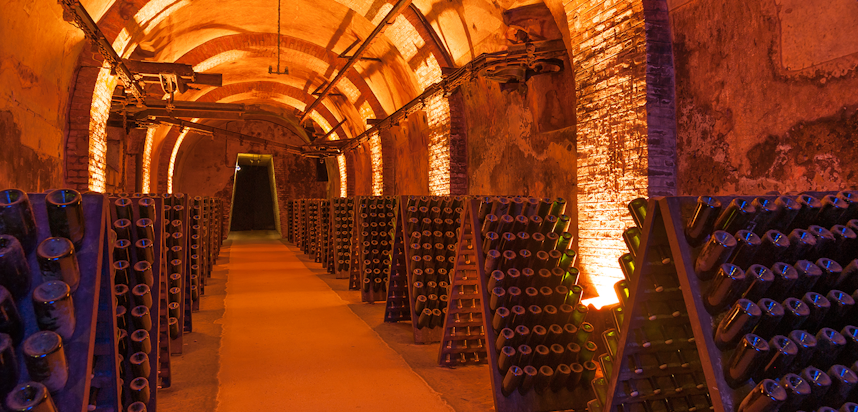
How is Champagne made?
Champagne is made in a similar way to most other wines, but after fermenting the grapes yeast and sugar are added to make it ferment a second time during the bottling process - leading to carbonation and the trademark bubbles that make Champagne what it is.
Grapes for Champagne are handpicked some time between August and October, and then fermented. Sugar and yeast are then added to the cuvée (a French word for vat or tank) containing the wine to begin a second fermentation as the Champagne is bottled. The CO2 gas produced by the fermentation is consequently trapped in the bottle and carbonates the liquid - creating a sparkling wine.
Is champagne sweet or dry?
Champagne is known to be a dry drink. It is low in sugar and the very popular “Brut Champagne” literally translates to “Dry Champagne”, though other types of the wine may have varying levels of sweetness.
Is Champagne really wine?
Champagne is a type of sparkling wine, and whilst the majority of wine is made with grapes not all grapes can be used to make Champagne.
Only Chardonnay, Pinot Noir, and Pinot Meunier grapes can be used to make Champagne.
What grapes are used to make champagne?
The 3 grapes used to make Champagne are:
- Chardonnay (white grape)
- Pinot Noir (red grape)
- Pinot Meunier (red grape)
The following grapes are also historically permitted for making Champagne although they are very rare:
- Arbane
- Pinot Blanc
- Petite Meslier
- Fromenteau
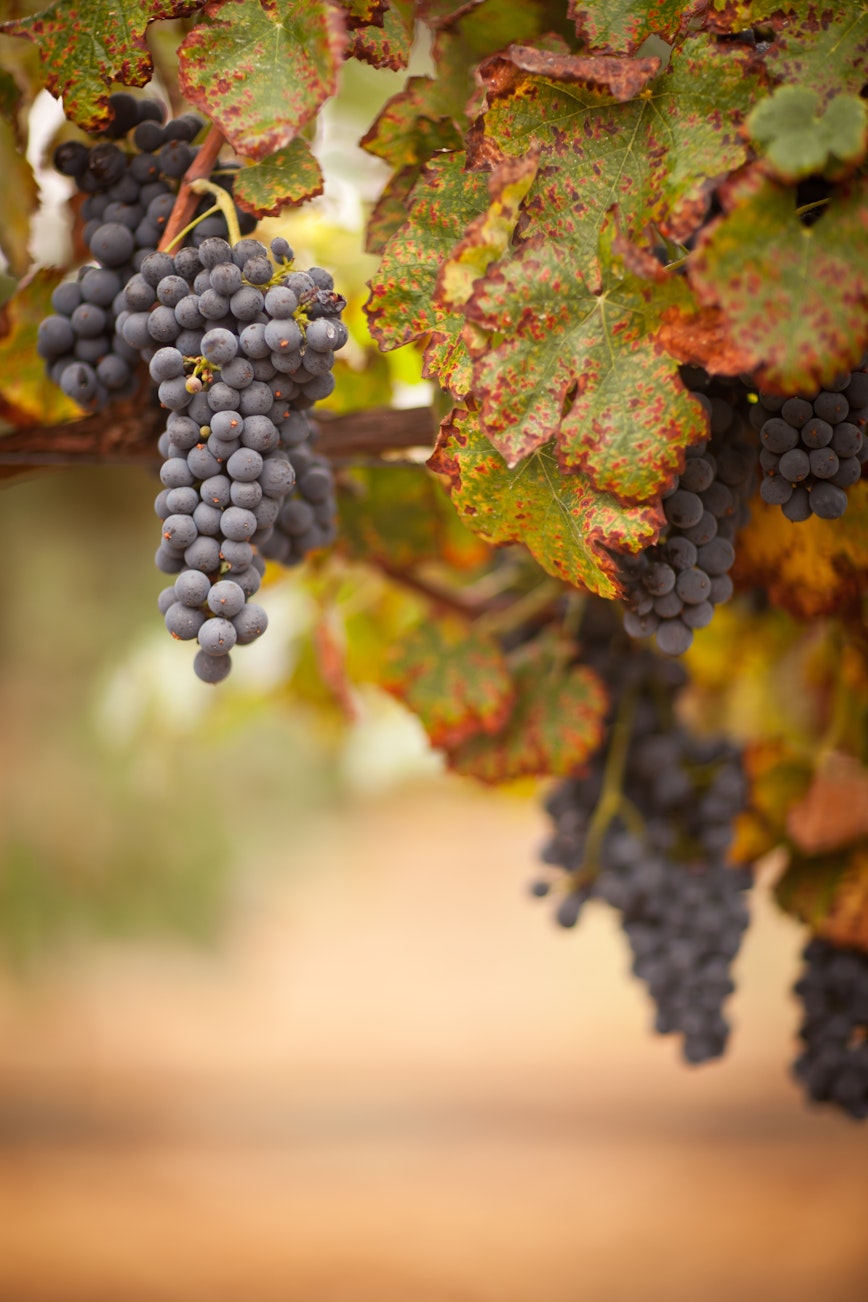
What are the different types of champagne producer?
There are 3 different types of Champagne producer or Manufacturer. These are:
- House or Maison - These are the biggest producers, making millions of bottles of Champagne a year using grapes supplied by thousands of different grape growers across the region. Most of the most famous Champagne brands fall into this category, the likes of Veuve Clicquot and Moët & Chandon.
- Cooperative or co-op - The fruit used to make Champagne from a co-op normally come from the direct area in or surrounding the village in which they’re produced, although this might still run to double or triple figures worth of growers.
- Single Estate or Grower Champagne - This type of Champagne is made from grapes grown and harvested by the same person or family who produce and bottle the wine itself. Because the producer is a single supply chain this is the rarest type of Champagne to be exported.
Why is Champagne so expensive?
Champagne is known for being expensive, partly because the rules around producing it are so strict and give it prestige. Additionally, the process of producing Champagne is complex and time-consuming, and limited to a small geographical area where the weather can be harsh.
All these factors contribute to a high cost of production and consequently a high price for consumers.
Does Champagne contain any allergens?
Champagne will generally contain Sulphur Dioxide - one of the 14 major food allergens.
However, the bubbles in Champagne reduce oxidation which in turn leads to a reduction in Sulphur Dioxide so Champagne actually has less Sulphur Dioxide than most wines.
Whether there is enough Sulphur Dioxide in any wine to trigger an allergic reaction depends on the severity of the allergy.
Is Champagne vegan?
Most Champagne is suitable for vegans but not all. Like with other fermented alcoholic drinks, sometimes Champagne uses plant-based fining agents and sometimes non-plant-based fining agents like casein are used.
Many vegan websites have lists of the Champagnes which are vegan-friendly.
What glass do you drink champagne out of?
Champagne is usually served in 1 of 2 kinds of glass. These are:
- Coupe - a long-stemmed glass with a broad, saucer-shaped bowl which allows the Champagne to open up and gives a headier body and flavour. There is a famous though often debunked rumour that the coupe glass was commissioned by the French Queen Marie-Antoinette and modelled on her breast.
- Flute - a long-stemmed tall and narrow glass with a “flute” shaped bowl. These glasses have been around since the mid-eighteenth century and were designed to preserve the bubbles in Champagne and prevent it from going flat.

What does “cru” mean in relation to champagne?
You might see the term “cru” used in association with Champagne, such as “Grand Cru”, “Premier Cru” and sometimes “Autre Cru”.
The former 2 originate from the Échelle des Cru system which was used to rank grapes from various vineyards and determine a pricing structure. It basically translates as “growth”, with Grand being considered the best category.
Does Champagne give you a hangover?
Like with all alcoholic drinks, Champagne can give some people a hangover.
Some people might get a particularly bad hangover after drinking too much Champagne because it is a sparkling wine, and the bubbles that come from carbonation lead to a faster rate of absorption of the alcohol into the blood.
Is Champagne different from prosecco?
Yes, Champagne is different from prosecco.
Firstly Champagne comes from the same-named region of France and prosecco is an Italian sparkling wine. Prosecco does not have to be from a specific region but much of it is produced in the Veneto area.
Champagne has a stronger, drier taste and flavours such as citrus, white peach and toast whilst prosecco is lighter, sweeter and flavours such as apples, pears and cream. It is also lower in alcohol and calories than Champagne - many people think it’s better for cocktails that use sparkling wine as an ingredient as it is subtler and less likely to clash with other flavours.
Finally, prosecco is generally cheaper than Champagne, which employs more rigorously protected production processes and can only come from very specific areas - giving it an exclusivity and cachet.
